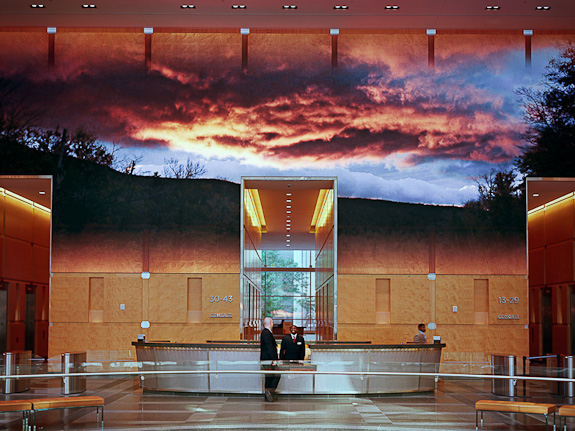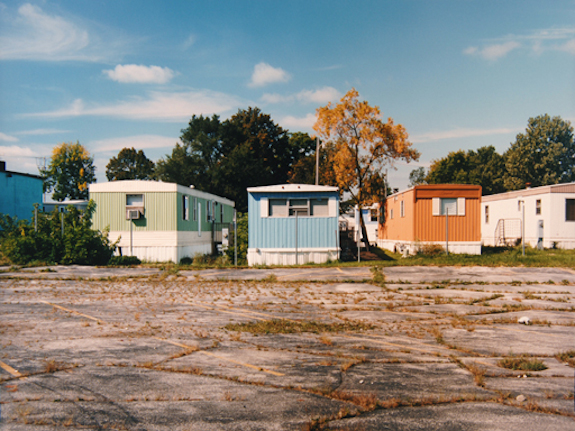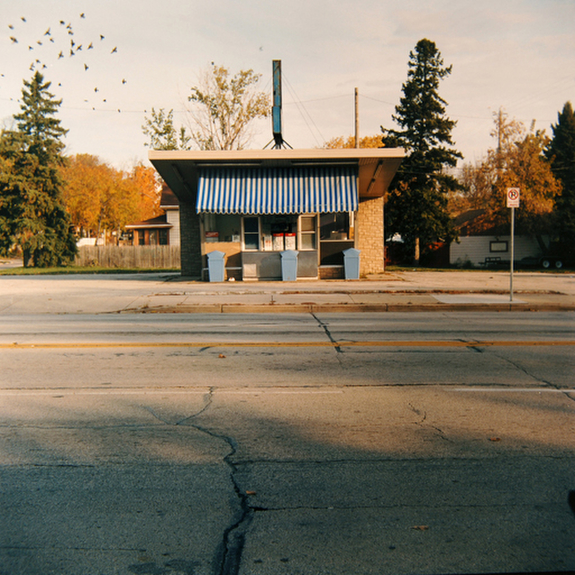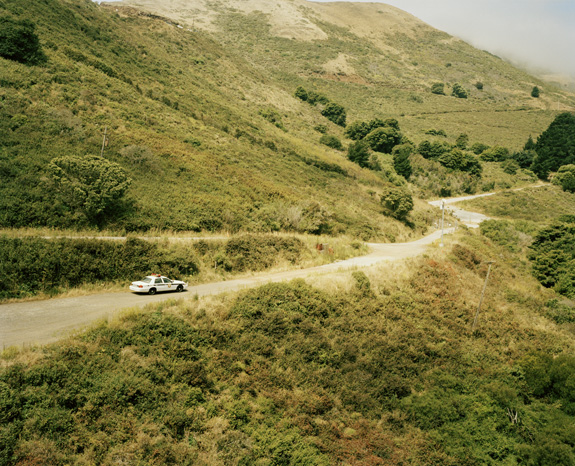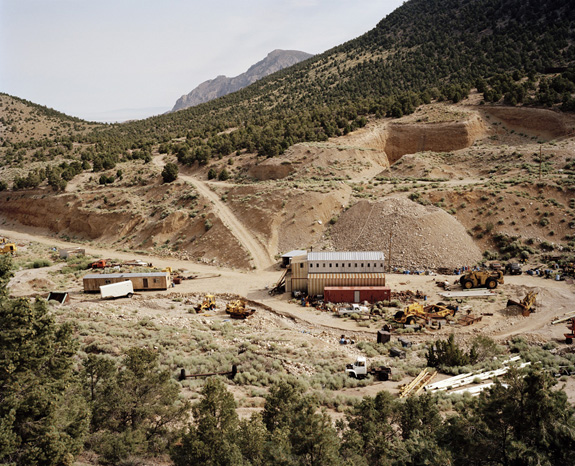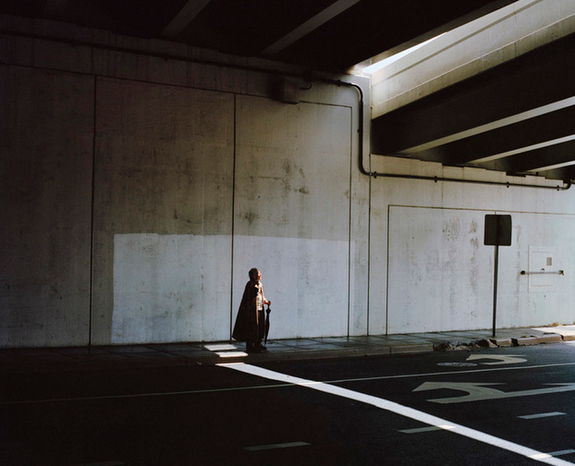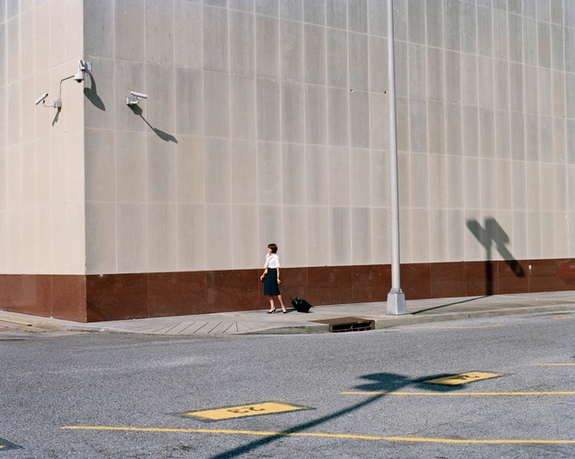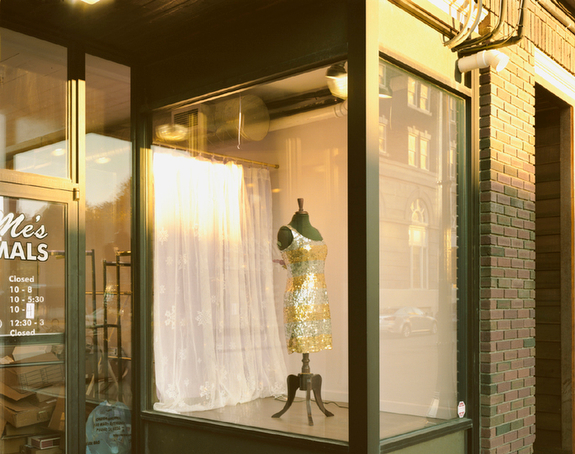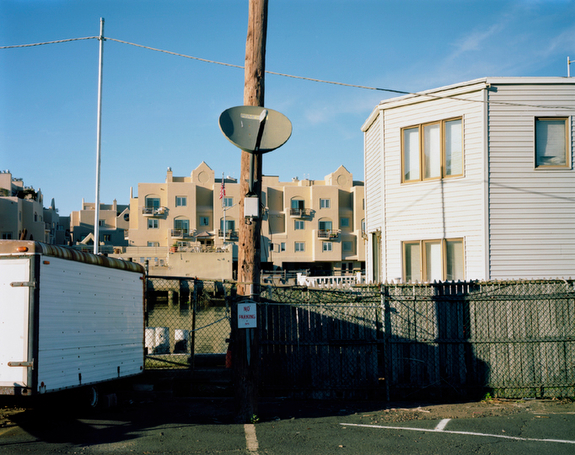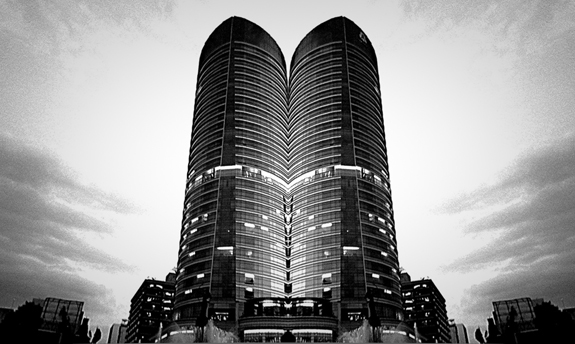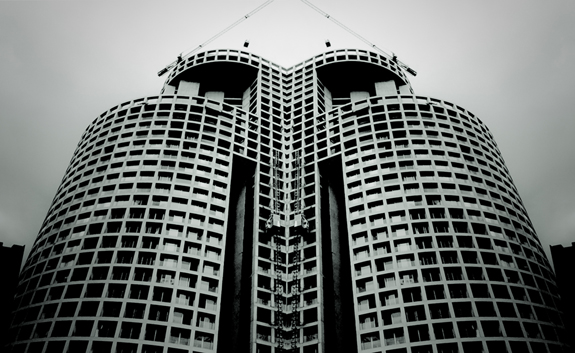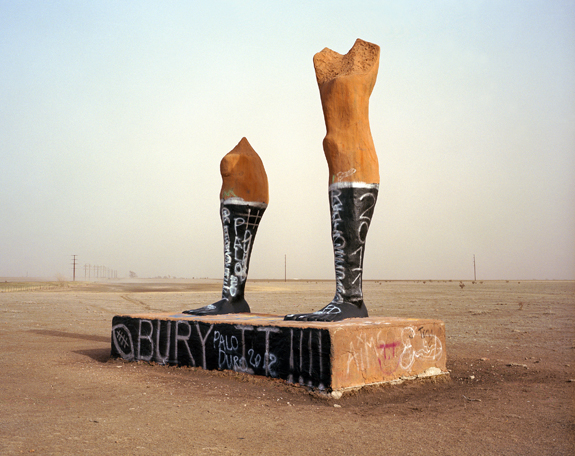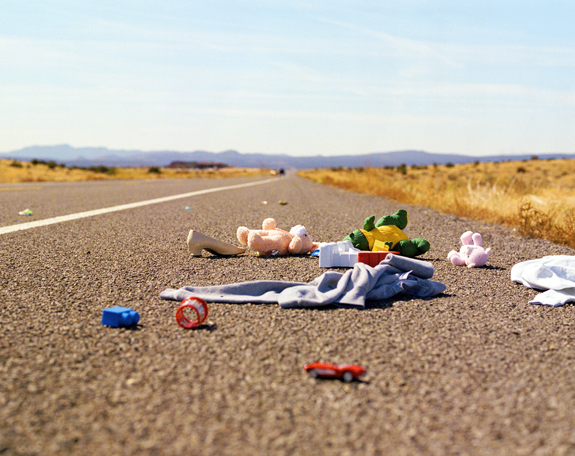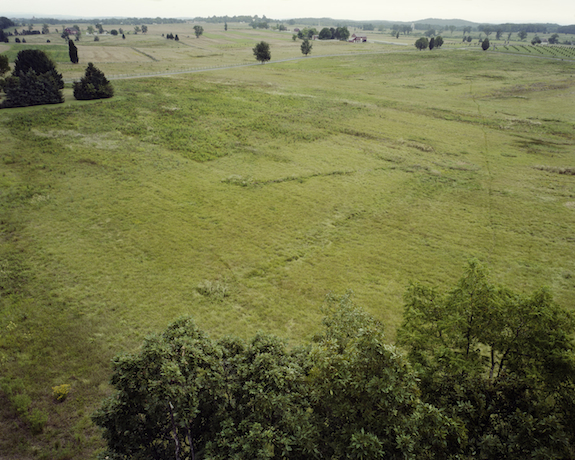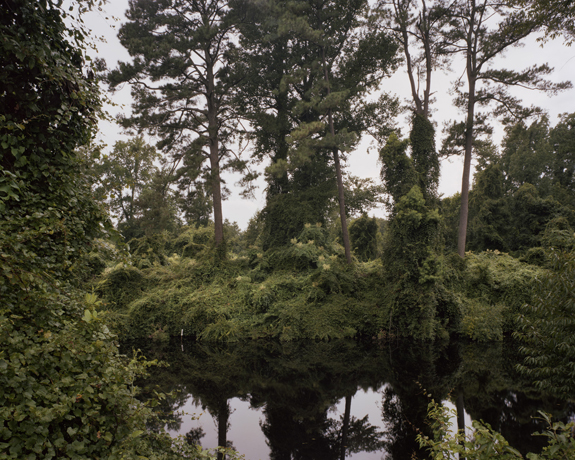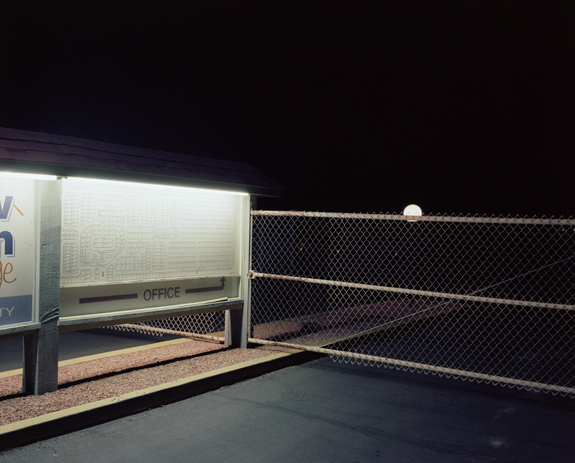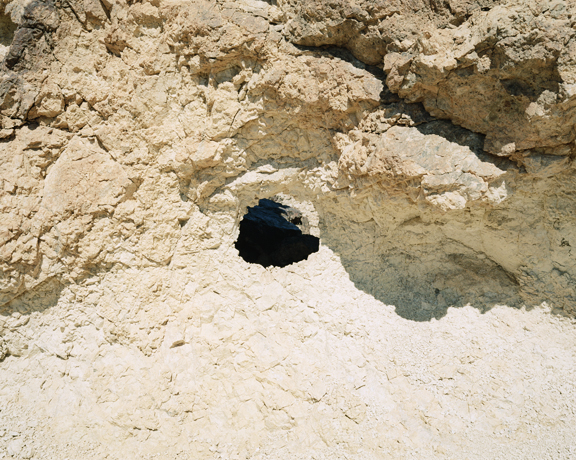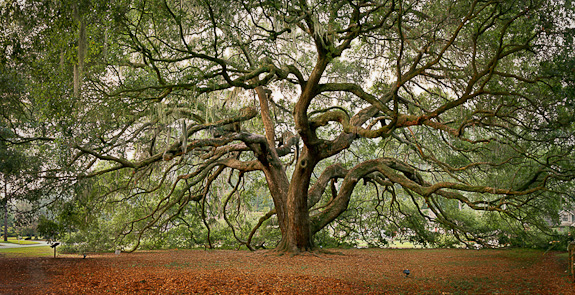
At more than three hundred years old, this tree stands as a sentinel, witness to centuries of development and change. Saying nothing of the tree’s intrepid strength as a living organism, this Majestic Oak still stands today for one reason: its aesthetic characteristics. Without which, the tree would most definitely have fallen the way of the forest once surrounding it. The Majestic Oak survives as a reminder of a decision made long ago to preserve a specific aesthetic.
Eventually, the act of choosing begins a perpetuation; one aesthetic choice begets another, begets another, slowly defining a subconscious vision of what beauty is. Only the chosen are experienced. Thus, only the chosen can be remembered.
This series, titled Second Nature, examines the way Americans represent the natural world through display. Within this series, decided manipulations like selective preservation and engineered wilderness act as a lens to explore ideas of mediated experience, perpetuated aesthetics, and transformative hyper-reality. This series is a catalogue of the varied ways we go about re-contextualizing the “natural world,” and thus redefining the way we perceive it.
— Kyle Ford, Saranac Lake, New York, USA
